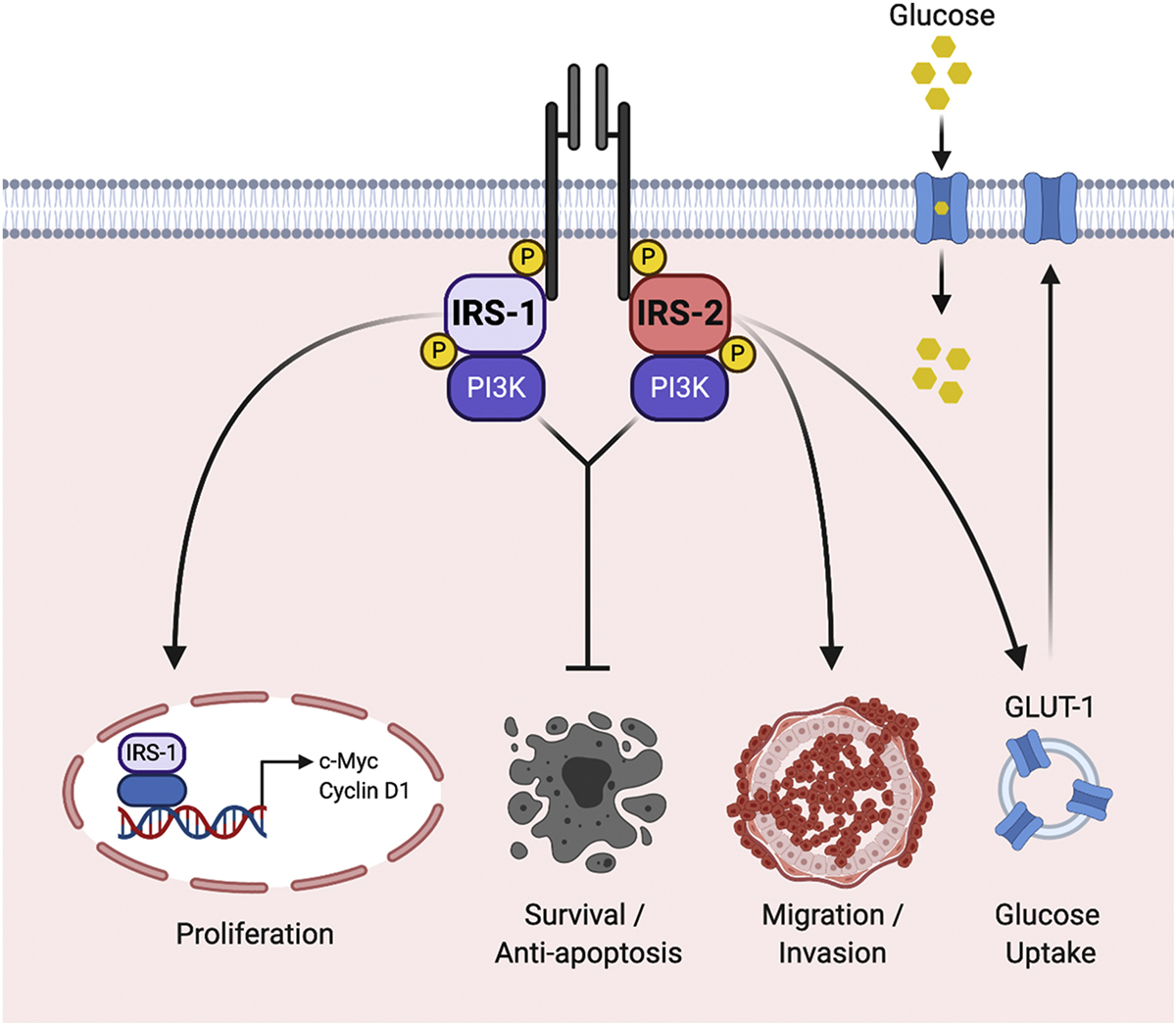Figure 4: The IRS proteins determine IR/IGF-1R signaling outcomes.

The IRS proteins are essential signaling intermediates of the IR and IGF-1R and they influence the functional response to pathway stimulation. Both IRS-1 and IRS-2 promote tumor cell survival by activating anti-apoptotic pathways in response to IR/IGF-1R stimulation. However, IRS-1 and IRS-2 also regulate distinct functions and their relative expression determines these outcomes. Breast carcinoma cells that express predominantly IRS-1 proliferate in response to IR/IGF-1R stimulation. IRS-1 localizes to the nucleus where it promotes the transcription of cell cycle regulatory genes. Breast carcinoma cells that express predominantly IRS-2 migrate and invade in response to IR/IGF-1R stimulation. IRS-2 signaling also regulates glucose uptake through GLUT-1, which enhances invasion.
